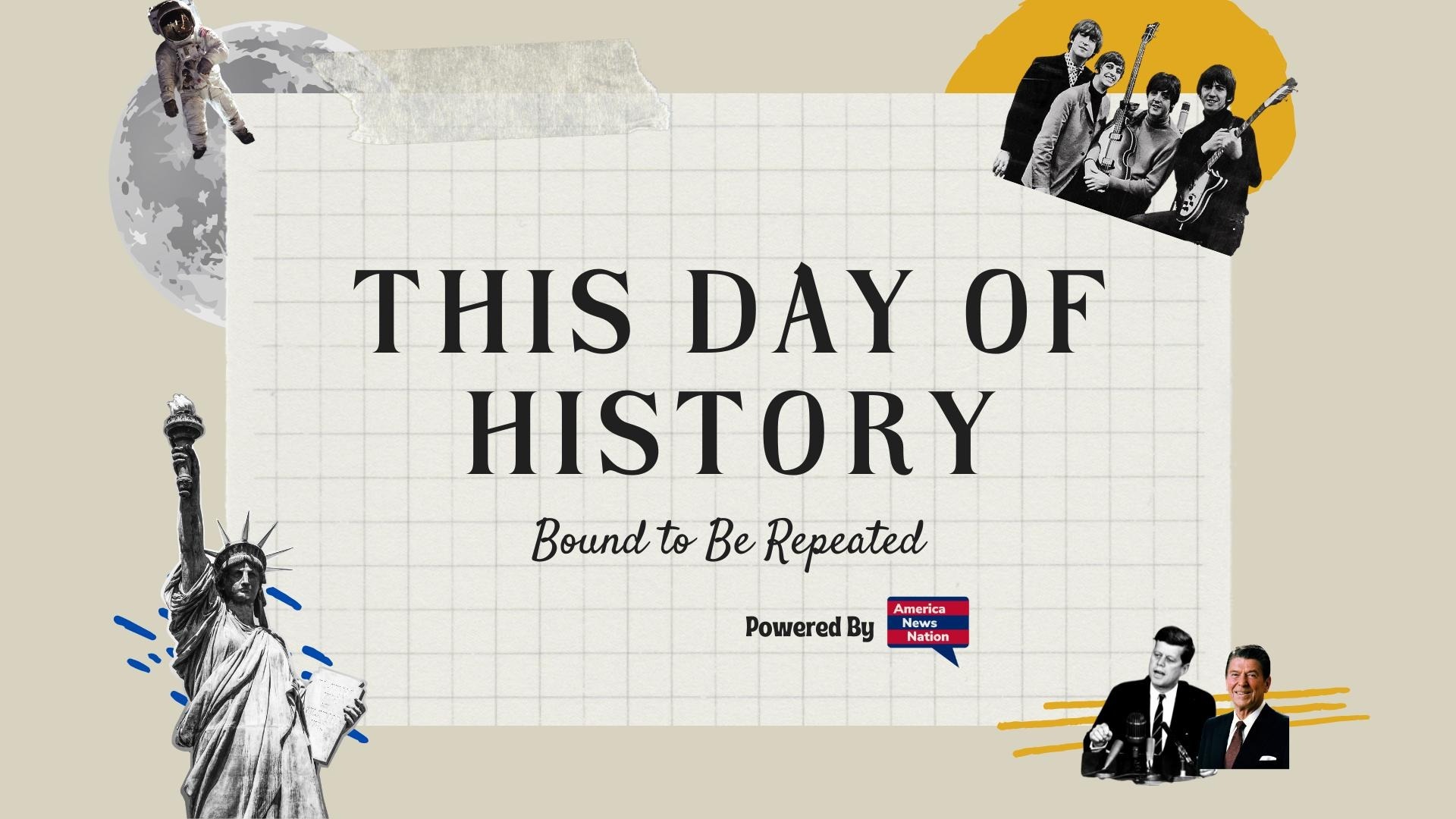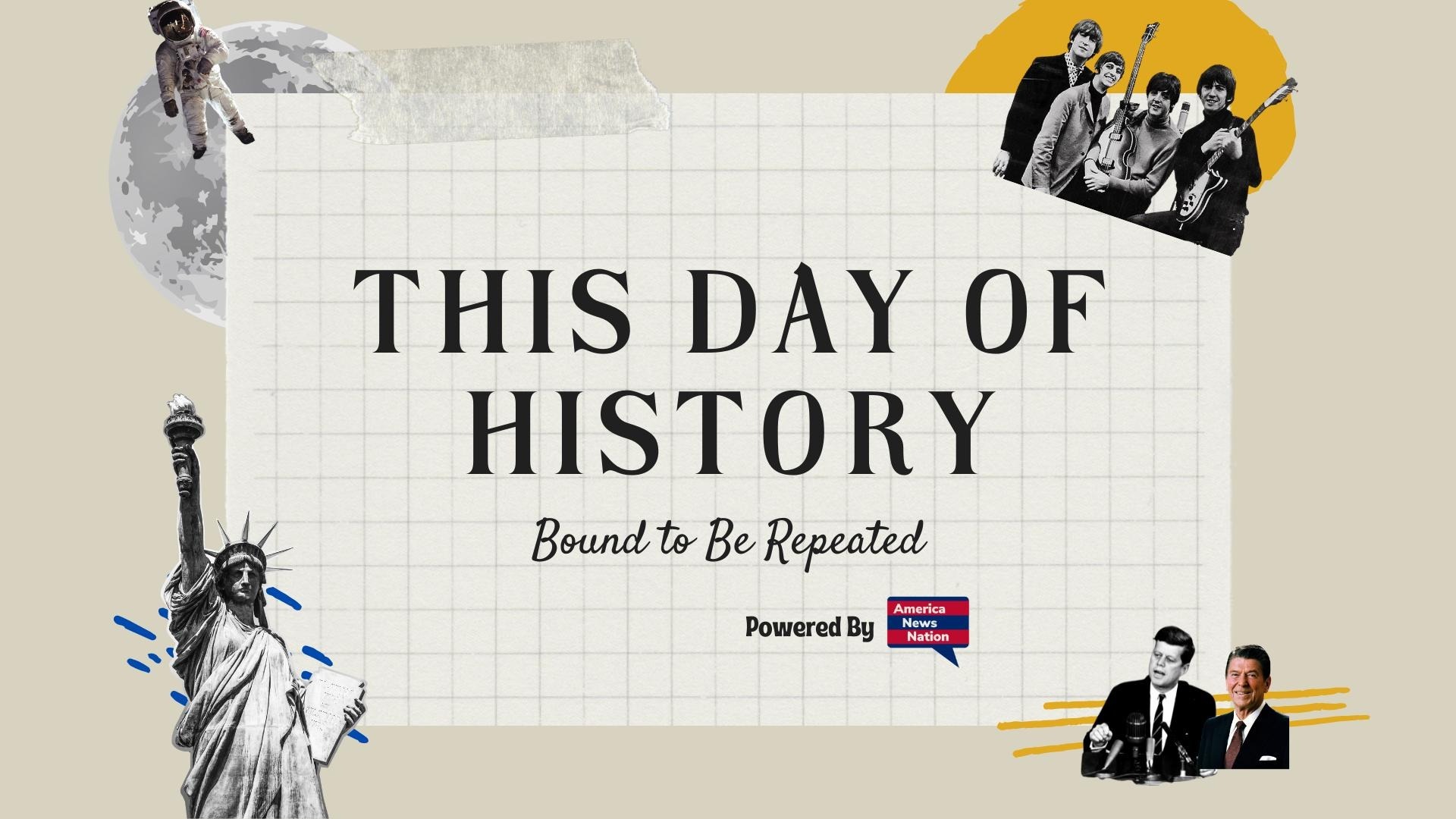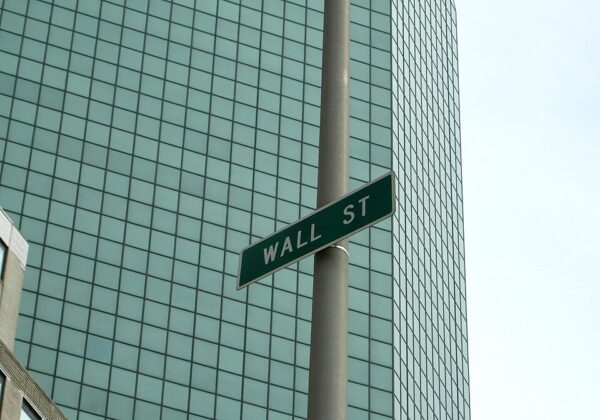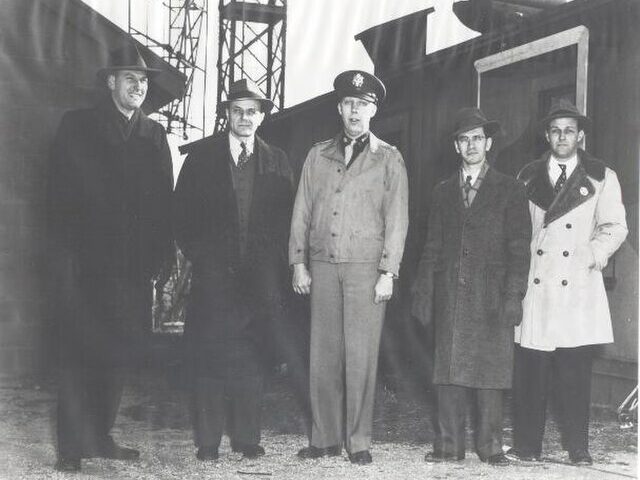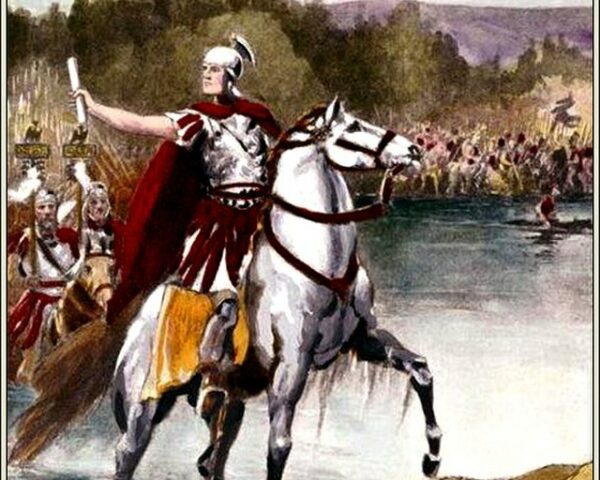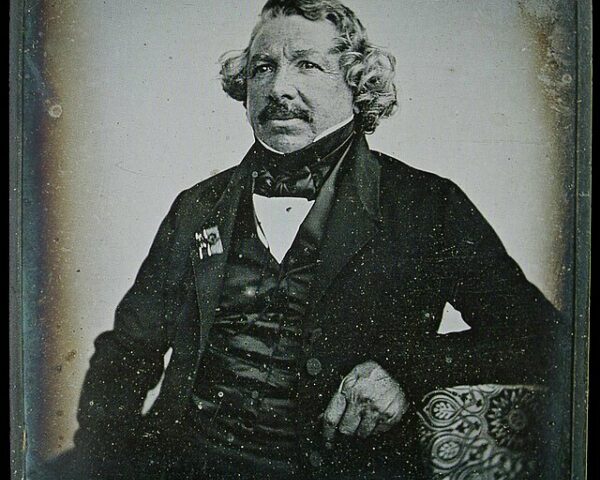The trading floor of the New York Stock Exchange fell into near-panic on Monday, September 29, 2008, as word spread that the United States House of Representatives had voted down the Emergency Economic Stabilization Act. By the close of the session, the Dow Jones Industrial Average had plunged 777.68 points — the single largest point drop in its history at the time — wiping out more than $1 trillion in market value and cementing the day as one of the most devastating episodes in modern financial history.
The vote in Congress, 228 to 205 against the measure, represented a rejection of a $700 billion rescue plan designed to shore up collapsing banks and thaw frozen credit markets. The Bush administration had presented the plan as a firewall against systemic collapse, but lawmakers recoiled at what many constituents derided as a “Wall Street bailout.” In the opening days of what would later be termed the Great Recession, political resistance, economic fear, and market fragility collided with catastrophic results.
The Dow’s freefall, though measured in points, reflected something deeper — the evaporation of confidence in the American financial system. Stocks of major banks and insurers, already battered by months of turmoil, led the decline. Citigroup, Bank of America, and Wachovia all tumbled, while shares of the government-seized insurer AIG lost further ground despite a massive federal loan extended earlier that month. The broader S&P 500 dropped nearly 9 percent, its worst single-day performance since the crash of 1987.
At the heart of the crisis lay the mortgage-backed securities market, which had been unraveling since 2007. Years of subprime lending and financial engineering had produced trillions in toxic assets spread across the globe. When homeowners began defaulting en masse, the intricate machinery of credit seized up. By September 2008, Lehman Brothers had collapsed into bankruptcy, Merrill Lynch had sold itself to Bank of America in desperation, and the government had taken over Fannie Mae and Freddie Mac, the twin pillars of housing finance. The bailout bill, drafted in haste by Treasury Secretary Henry Paulson and Federal Reserve Chairman Ben Bernanke, was intended as a backstop to prevent further implosions.
Yet the politics proved poisonous. Lawmakers, particularly House Republicans, balked at authorizing what critics called a blank check to Wall Street. Angry voters, their retirement accounts shrinking even before the crash, flooded congressional offices with calls and emails denouncing the plan. On the House floor, members thundered against bailing out “irresponsible bankers,” while others warned of the consequences of inaction. When the final tally was read, markets delivered their own verdict in seconds: a massive, relentless sell-off that spread worldwide.
President George W. Bush, addressing the nation that evening, acknowledged the severity of the crisis. “Our economy is facing unprecedented challenges,” he said. “While we are disappointed in the vote, we will continue to work with members of both parties to find a solution that stabilizes our financial markets and protects the American people.” Treasury officials and congressional leaders immediately began revising the bill, ultimately passing a modified version days later. But the damage of September 29 was indelible: it revealed both the fragility of the financial system and the ferocity of public anger toward government intervention.
For ordinary Americans, the day’s events were less about trading screens than about their immediate futures. Retirement accounts lost value in a single afternoon. Small businesses, reliant on credit lines, found themselves unable to borrow. Consumers, already struggling with foreclosures and job losses, watched as the crisis spread from Wall Street to Main Street. Economists would later estimate that the crash and subsequent recession destroyed nearly $19 trillion in household wealth.
Looking back, September 29, 2008, stands as the moment when the Great Recession became unavoidable. Though policymakers eventually stabilized the system through bailouts, stimulus, and extraordinary Federal Reserve action, the collapse of that day underscored how intertwined politics, finance, and public trust had become. In the decade that followed, debates over inequality, regulation, and the role of government bore the imprint of that Monday’s chaos.
It was not just a bad day for stocks; it was a rupture in the American economic order. The nation, chastened by the near-death experience of its financial system, entered an era of caution, reform, and skepticism that still shapes its politics and markets today.
